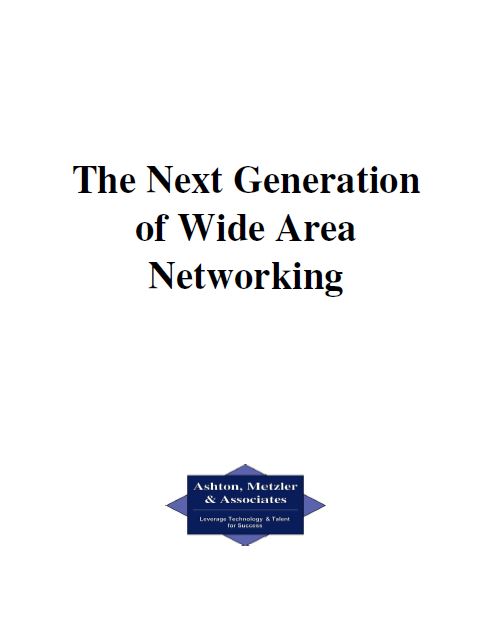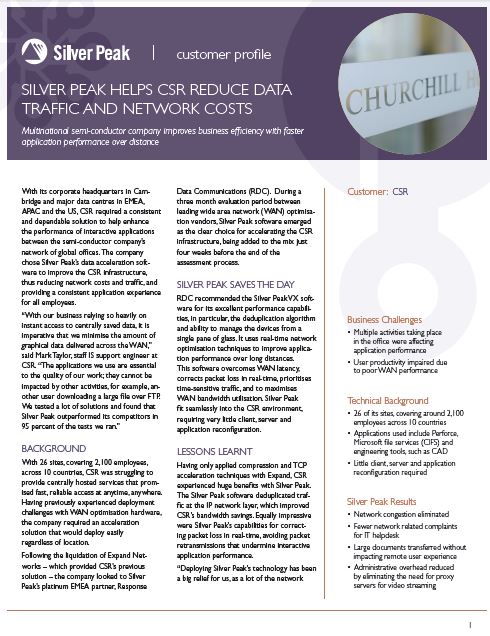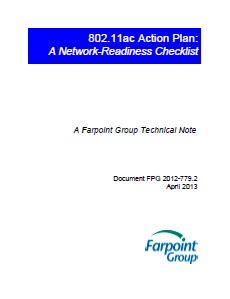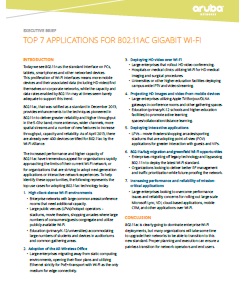When Seconds Count: Ensuring Business Continuity with 4G Failover
In today’s era of distributed enterprises, the average national or international organization relies on a complex network that involves hundreds of regional locations, each connected to headquarters via a local Internet connection. Local online access lets retail chains such as restaurants and stores, process sales and payment transactions, and let branches such as banks and









